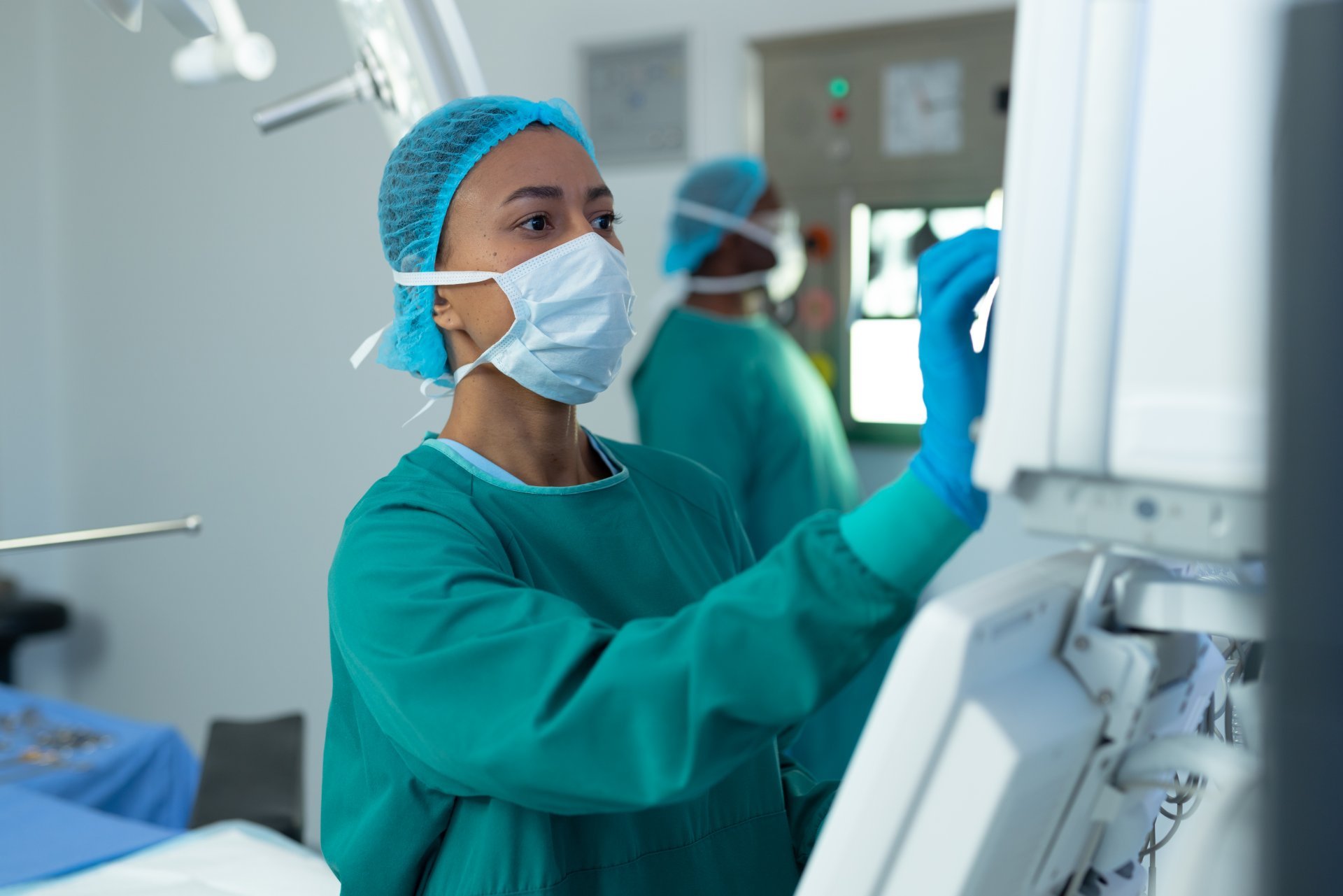An endoscopy represents an effective diagnostic tool available to physicians for examining internal organs and structures. This medical procedure allows doctors to visualize areas of your body that would otherwise remain hidden, providing valuable insights into your health and guiding treatment decisions. Understanding what this procedure involves and how to prepare can help you undergo it with clarity.
What Is an Endoscopy?
An endoscopy is a minimally invasive medical procedure that uses a flexible tube equipped with a light and a camera to examine the interior of your body. The endoscope, as this instrument is called, transmits real-time images to a monitor, allowing your physician to observe tissues, organs, and structures directly. The thin, flexible nature of the endoscope enables it to navigate through natural body openings or small incisions with minimal discomfort.
Different types of endoscopies exist depending on the area being examined. Upper endoscopy examines the esophagus, stomach, and upper portion of the small intestine through the mouth. Colonoscopy allows visualization of the large intestine through the rectum. Each type requires specific preparation and follows particular protocols tailored to the target area.
What Are They Used For?
Endoscopy serves multiple diagnostic and therapeutic purposes. Physicians recommend this procedure to investigate symptoms such as persistent abdominal pain, unexplained bleeding, or changes in bowel habits. The direct visualization capability allows doctors to identify inflammation, ulcers, tumors, or other abnormalities that may not appear clearly on traditional imaging studies.
Beyond diagnosis, endoscopy enables therapeutic interventions. Physicians can remove growths or obtain tissue samples for biopsy during the same procedure. This dual capability often eliminates the need for separate surgical procedures, reducing patient discomfort and recovery time.
Screening represents another significant application of endoscopy. Colonoscopy screening can detect precancerous polyps before they develop into colorectal cancer, while upper endoscopy can identify early signs of gastric conditions. Regular screening in appropriate patient populations has proven effective in preventing serious diseases and improving outcomes.
What Should You Expect?
Preparation for endoscopy varies depending on the specific type of procedure. Your physician will provide detailed instructions tailored to your particular examination. Preparation may include dietary restrictions, bowel preparation medications, or fasting requirements. Following these instructions precisely affects the quality of the examination and the accuracy of the results.
On the day of your procedure, you will typically receive sedation to help you relax and minimize discomfort. The procedure duration varies but typically lasts between 30 minutes to 2 hours. Your medical team will monitor your vital signs throughout the examination. After completion, you will recover in a supervised setting until the sedation effects wear off. Recovery is generally straightforward. You may experience cramping after an upper endoscopy or bloating after a colonoscopy. Your physician will discuss findings with you once you are alert and may provide written results or images from the procedure.
Speak Further With Your Gastroenterologist
Understanding what to expect from your endoscopy can help you approach the procedure with clarity. Your gastroenterologist represents your best resource for addressing specific questions about your individual situation, preparation requirements, and what the procedure may reveal about your health. Open communication with your medical team throughout this process helps optimize your care and facilitates a successful operation.

